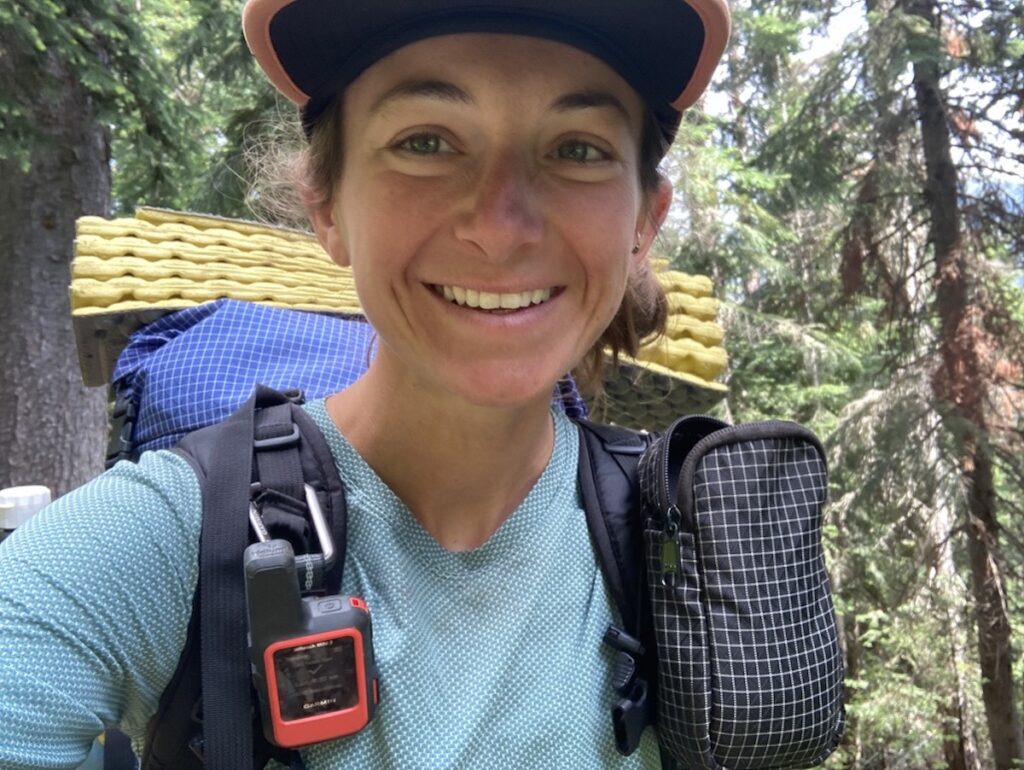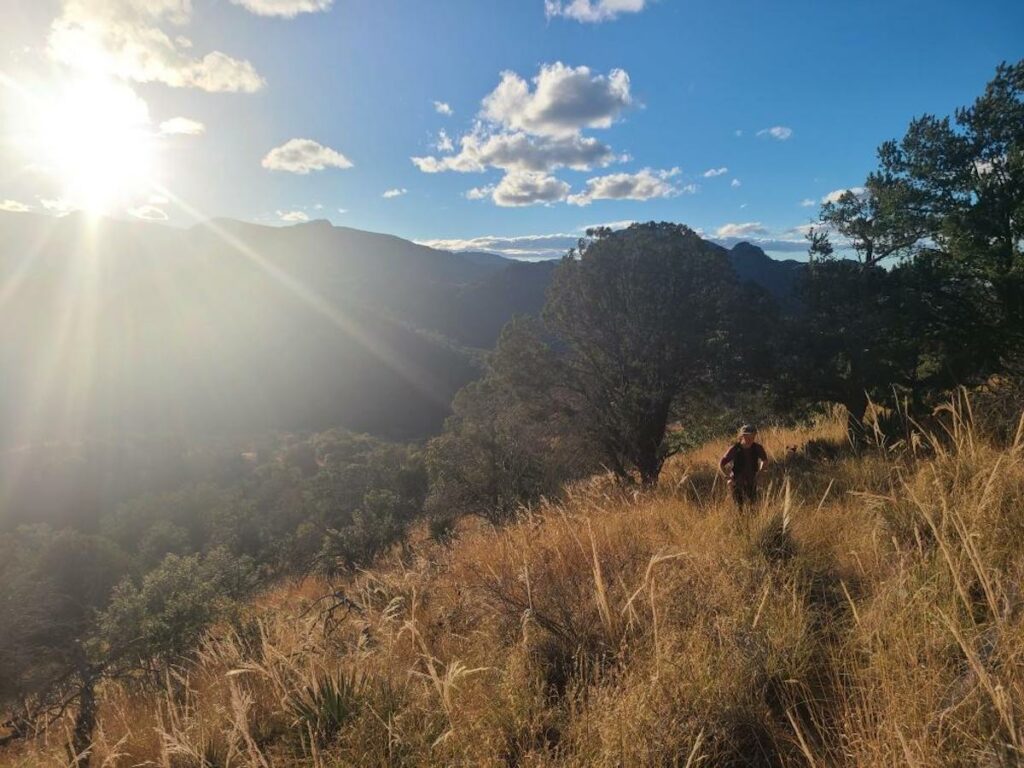So often when we approach training for an upcoming race or event, many of us put so much emphasis on the physical aspect of training. There is such a huge range of obstacles that can occur because of training or lack thereof: feeling unmotivated to run, not performing as you’d like to be, anticipation or worries about a particular race/event, etc. The list goes on. But as the loose saying goes “running is 80% mental and 20% physical”. How are we contributing to mental skills training? The space between the ears can be the most helpful or unhelpful asset, and how we can turn the unhelpful thoughts into our transformation for growth can be very profound.
Sometimes we think we need motivation in order to do something, however this isn’t always necessary. A term called behavioral activation essentially means cognitions (thoughts) tend to follow behavior meaning when we choose to do a specific behavior, our thoughts and emotions tend to shift. On the flip side, it’s a heck of a lot more difficult to change a thought in order to start a behavior (i.e. go for a run) so it is okay if you are feeling unmotivated to start a workout or run. Oftentimes, I encourage athletes to make a goal of running just 2 miles if they are feeling particularly unmotivated. After the 2 miles, see if their motivation level changes even if it’s just 1% more motivated. That is progress. If it becomes a chronic concern (every day for more than 2 weeks) of feeling repeatedly unmotivated with no improvement, as many of us can experience from time to time, consult with a professional (running coach, therapist, primary care provider, certified mental performance consultant) on strategies to assist.
There is growing research on various interventions to use for mental skills training, specifically for endurance athletes, and it is also very individualized on what works best for each person. Sometimes a tool can be a consistent touchpoint for years whereas another tool will be very helpful at a precise moment. The techniques below are meant to serve as a menu, and it is certainly not an exhaustive list, so I encourage athletes I work with to start with 2 exercises and practice them daily over the course of a few weeks to see what sticks and what doesn’t.
3 Good Things
Psychologist Martin Seligman coined the positive psychology intervention “3 Good Things” as a deliberate shifting of attention to positive aspects to increase a sense of well-being and gratitude. The negativity bias is engrained in just about every one of us where we often hone in on the negative aspects versus the positive. For example, consider what you tend to focus on when receiving 5 pieces of positive feedback and 1 piece of critical feedback. More often than not, we might give more attention to the 1 piece of critical feedback versus all the positives. Now, this is not to say we should turn away from constructive feedback, it is an indicator that sometimes our minds work against us with this negativity bias, and it can take a very intentional shift of attention to redirect ourselves.
To start this practice, write down in a journal or note app on your phone with the date. After you’ve run (or some other form of exercise), write down 3 good things about that run such as: “I’m glad I went for a run even when I was very unmotivated to do so”; or “I was able to run with a friend I haven’t seen in a long time”; or “I’m grateful it was sunny out”; or “I enjoyed listening to a particular bird when I ran through a section of the trail”; etc. Aim to create a new list of 3 good things after each run to avoid repeating yourself and try this every day for at least 3 weeks. On days that feel particularly hard, or you are wondering if you feel your training was adequate enough before a race, read through the list you’ve created which may serve as a helpful reminder of all the hard-earned miles and hours you’ve put in.
Self-Acceptance with RAIN
Oftentimes when we experience a difficult emotion, sensation, or thought, we may try to push it away, judge ourselves, or attach to it. It makes sense why we tend to do this because it can be so difficult to sit with the discomfort or we may try to create a narrative of why we feel the way we do which can create a narrative that may not serve us well.
A very helpful process, termed by the psychologist and meditation teacher Tara Brach, is the acronym RAIN. The first step, and possibly the most important step, in this approach is to pause and catch ourselves getting swept up in the thought process. Recognize the emotion(s) you are experiencing such as “sadness”, “anger”, “worried”, “disappointed”, etc. See if you can label it several times to yourself without getting caught up in the storyline as to why you’re feeling this way. We then move into allowing the experience such as saying, “I see you sadness” or “You can be here disappointment”. Again, it can be helpful to say this several times to yourself. Then, we move into investigating the bodily sensations and sensing what is occurring within the body. There may be a prominent sensation that is wanting your attention or perhaps you do a body scan and anytime the mind wanders, which it likely will, bring your focus back to the bodily sensations. The final step is to nurture with some form of self-compassion such as putting a gentle hand on the part of your body that is needing your comfort, or there might be a supportive phrase your body needs to tell you, or there might be a form of action you need to do that aligns with your core values.

Self-Compassion
A term created by pioneer researcher Kristin Neff in the field of self-compassion is the process of turning kindness and compassion inward instead of harshly judging ourselves when we have shortcomings, make mistakes, or feel inadequate. We can provide ourselves the empathy and encouragement to accept that we are not perfect and are indeed human. The three components that construct self-compassion are self-kindness, common humanity, and mindfulness.
Consider a recent or current situation where you are being harsh on yourself whether it’s related to running or not. If your best friend was going through the same situation, what would you say to them? You can get creative with choosing to write a letter, saying it out loud, or creating a voice memo. Whichever option you choose, allow yourself to speak from a place of deep empathy and care. Once you’ve finished, take it a step further by saying these words to yourself. Notice what occurs as you consider saying this to yourself, perhaps it feels strange or silly, and that is okay, and you can create self-compassion for that. Continue to express these words to yourself such as “It’s okay sweetheart, you are allowed to make mistakes”, or “I love you even when things didn’t work out as you’d hoped”. Again, see about practicing some form of self-compassion daily over the course of 3 weeks no matter how big or small the situation is.
Mindfulness or Meditation
Mindfulness is creating awareness of thoughts, feelings, and bodily sensations without judging, resisting, or attaching which is similar to the RAIN practice mentioned previously. Mindfulness is a thread through most of these practices as there is substantial research on its efficacy and there are many different ways in approaching a mindfulness practice. As with all new activities, it may feel awkward or strange at first and that is very common. On that note, you do not have to do any of these with your eyes closed if that is uncomfortable to you; you can do them anywhere, anytime with your eyes open. Over a few weeks, it might start to serve you in noticeable ways. Below are several examples you can try out and see which resonates with you:
Take 10 deep belly breaths. As you inhale, imagine filling up your stomach rather than fully inflating the chest and count “one”. As you exhale, empty out the stomach with ease and count “one”. Continue up to ten.
Inhale slowly to the count of 4 seconds, hold the breath for 4, exhale for 6. You can keep the inhale and breath hold at 4 and work your way up to exhaling for 8 seconds. Repeat this for 3-5 minutes.
Five senses grounding utilizes all the senses in the body. Start with identifying 5 objects you see around you and describe them as best as you can while taking your time (i.e. The car is brown… shiny… smooth… cold… etc.). Once you finish with 5 objects you see, list 4 things you feel (i.e. my hands are warm… slightly sweaty and sticky… smooth… etc.). Move onto 3 things you hear and describe those sounds; then 2 things you smell, and 1 thing you taste. The key with this practice is to take your time and allow yourself to fully come into your senses.
A body scan is another approach where you bring your full attention to specific parts of the body starting with the toes. See if you can feel the sensation in your left big toe, you can label what you notice (avoid labeling any sensations as good/bad/right/wrong). Perhaps you notice coolness, dryness, tingling, moisture, etc. If it’s difficult to fully sense any part of the body, that is okay, continue to practice each day and it will likely become more accessible. Shift your attention to the other toes, then the foot, ankle, lower leg, etc. Gradually making your way up the body and checking in with the right leg once you’ve made it to your hips. Continue to move up the body such as the abdomen, chest, lower back, mid-back, hands, arms, etc. You will eventually end at the top of the head and take a few deep breaths once you’ve finished.
There are countless free YouTube videos and apps that can assist with any of these practices mentioned above. The results are best when you are consistent with your practice even if you don’t feel like doing it which is often a parallel to what we might feel about running – keep showing up even if your best is minimal or less than you’d hoped.
Note: If you are noticing physiological or psychological changes that occur for a prolonged period of time (i.e. menstrual cycle changes, fatigue, calorie deficits due to changes in eating habits, etc.) consult with a primary care provider, sports dietician, and/or psychotherapist for additional support.

Recommended readings
Mental Skills Training for Ultrarunners by Addie Bracy
Radical Acceptance and Radical Compassion by Tara Brach
Self-Compassion by Kristin Neff














